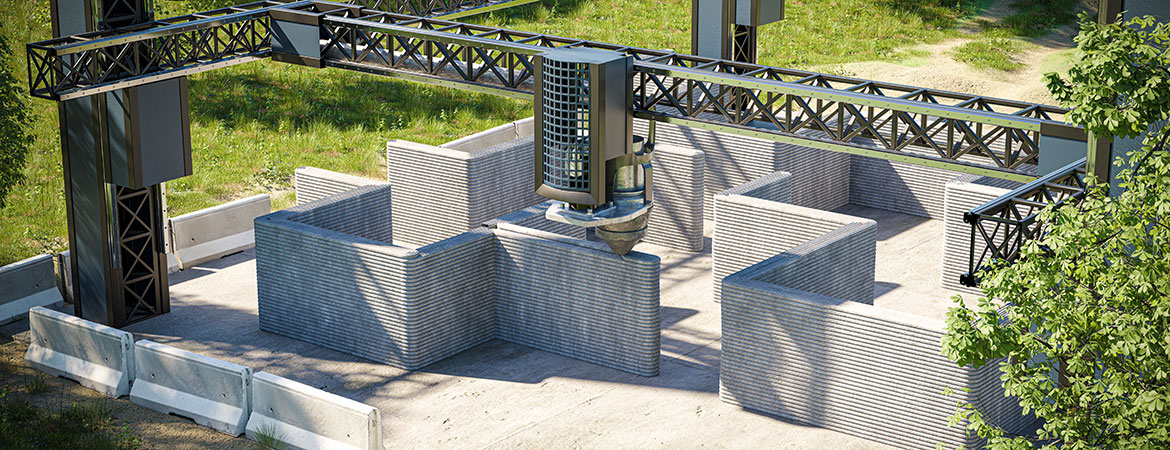
Exploring the Multifaceted Applications of Modular Buildings
Modular buildings, a rapidly proliferating innovation in the construction sector, are transforming the way we conceptualize, design, and present architecture. These ready-made, efficient structures, built off-site and delivered for assembly, have seen an exponential increase in popularity due to their cost-effectiveness and flexibility in design. But what really distinguishes modular construction is its versatility, as these structures can cater to varied uses and applications.
Residential Housing
Probably one of the most known uses of modular buildings is within the residential sector. Ideal for homeowners who value a unique mix of affordability, sustainability, and customization, modular homes are becoming increasingly popular. Whether it’s creating extra living spaces, granny flats, or entire residential houses, modular construction offers an endless array of possibilities. Plus, since these homes are built in controlled factory environments and delivered to their location, weather-related construction delays become a thing of the past.
Educational Institutions
Another significant adopter of modular construction has been the education sector. Taking advantage of the speed and flexibility of modular construction, institutions often build temporary classrooms to offset a sudden surge in student enrollment. Permanent modular buildings can house libraries, labs, restrooms, offices, and cafeterias, providing affordable and sustainable solutions. Instead of dealing with lengthy, disruptive construction periods, schools, colleges, and universities can install modular buildings quickly with minimal disruption to ongoing activities.
Healthcare Centers
The application of modular construction has surged in the healthcare sector. Modular buildings are proving highly useful for creating outposts, clinics, or complete hospitals. They offer the added benefit of allowing healthcare facilities to expand or contract their infrastructure as per demand dynamics — a feature that has shown tremendous utility in managing the COVID-19 pandemic.
Commercial Spaces
In commercial settings, modular buildings have also found their stride. Retailers, restaurants, and offices often utilize modular structures due to their ability to provide quick and adaptative solutions. Modular designs can provide temporary or permanent facilities at a fraction of the cost and time of conventional construction.
Disaster Relief
In disaster-stricken areas, modular buildings are a fast, efficient solution for providing immediate relief. They can swiftly serve as emergency shelters, food distribution centers, or medical facilities, offering quick and effective relief efforts.
Event Spaces
Modular buildings fit the bill perfectly when it comes to event spaces. They can provide impromptu venues for exhibitions, conventions, concerts, and various indoor and outdoor festivals. They offer quick installation and removal, which makes them ideal for short-term events and venues.
Environmentally Friendly Homes
Modular buildings serve as the perfect canvas for those seeking to design and build environmentally friendly homes. These structures can be designed to make the most of natural light, equipped with energy-saving appliances, and constructed with recycled and sustainable materials.
Research Stations
In remote locations where conventional construction is almost impossible, modular buildings can prove invaluable. They can be used as research stations, lodging for workers, or even restrooms. These buildings are designed to endure harsh weather conditions, providing essential infrastructure where it’s needed most.
In conclusion, the list of modular buildings’ uses is endless, and stretches only as far as one’s imagination. Their versatility, combined with advantages of cost, time, and sustainability, make them a remarkable solution for a wide array of challenges faced by various sectors. This ensures that modular buildings will continue to shape the future of construction in exciting and unexpected ways. Their potential is simply limitless.



